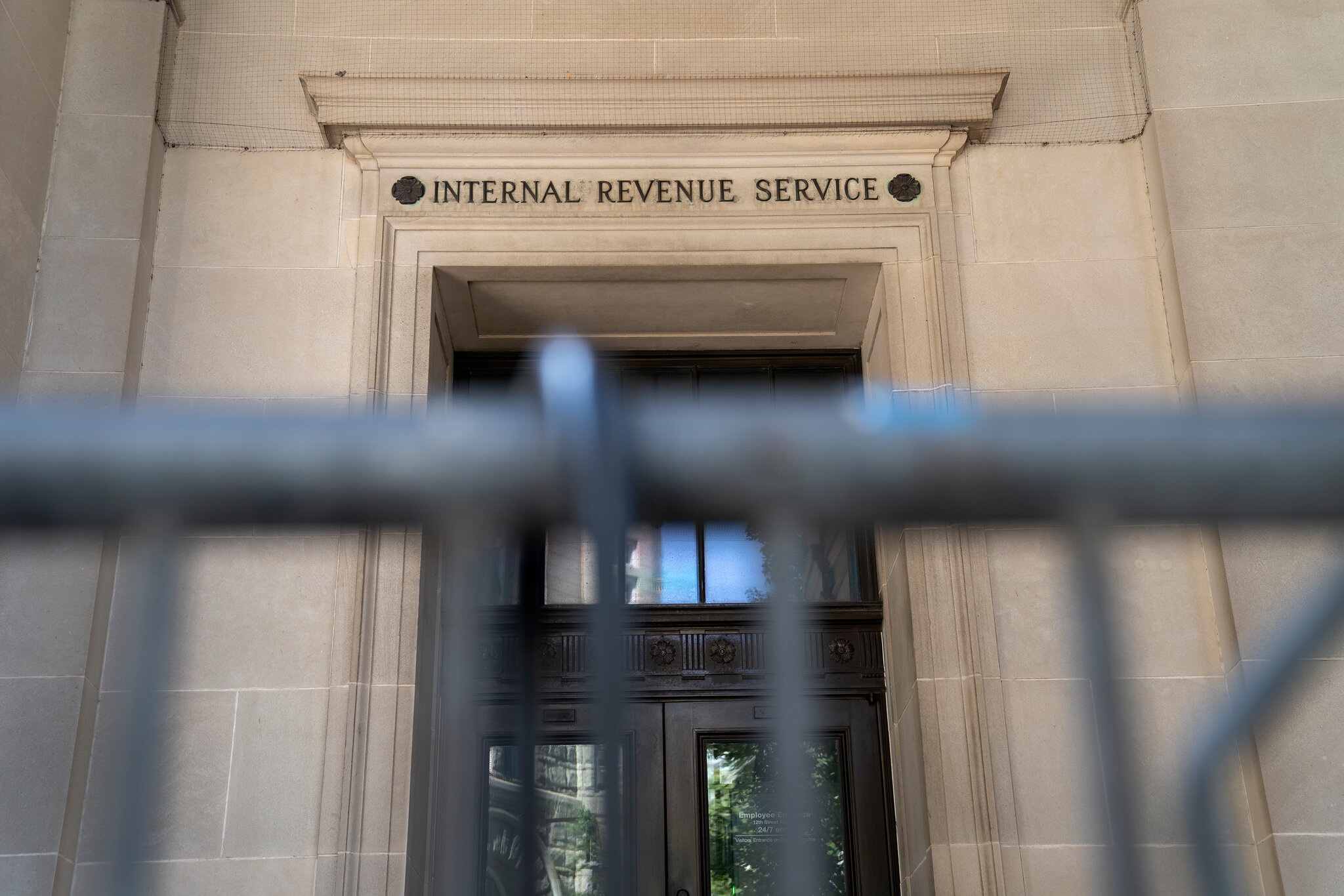What Are Asset-Backed Cryptocurrencies?
As cryptocurrency continues down its volatile path, developers are continually trying to create a truly non-speculative digital currency. In the beginning of 2018, for example, the total market cap of the space climbed to nearly $800 billion before abruptly falling back down to just over $400 billion in January alone. This degree of volatility makes digital assets, tokens and coins difficult to trust, let alone trade frequently and invest in long-term.
Some critics say that the high volatility points to a coming crash similar to that experienced in the beginning of the dot com boom. This uncertainty has prompted developers to attempt to come up with ways to scale blockchain technology into the mainstream, and without a more stable price that traders and investors can trust, this task is much less realistic.
The idea of a less volatile class of cryptocurrencies has led to the development of what are called stablecoins. Stablecoins are the crypto communities first attempt to decrease price volatility by creating digital currencies that are backed by pegged, real world assets.
Stablecoins
Due to the fact that coins currently do not have stable price predictions, stablecoins have made their way into the crypto market with a safeguarded value proposition. These coins are backed by real world assets which can include things like the US Dollar or even precious metals like gold and silver. Stablecoins have collateralized stores of value that fully back the price of that cryptocurrency so due to the removal of uncertainty about whether or not a platform will be successful and gain revenue, the assets are protected by tangible stores of value.
Cryptocurrency platforms have consistently struggled to scale their technologies to the point where they could support millions of users like payment processors such as Visa are able to handle. Due to this fact, all of the money currently invested in the cryptocurrency market is completely speculative, and will not represent a sure store of value until they can collectively handle the scales that the current conglomerates can handle.
The best stablecoin options have even included a layer of legal framework within the blockchain that they operate under. This ensures that all value transfers and value held in reserves is always accounted for and used as originally intended. Entities such as the Trust Token are ensuring that there is transparency and a decentralized structure to these entities so that no human interference or corruption could ever enter the system.
These types of contracts work by verifying users based on KYC protocols. Once a user is verified, they can store and withdraw value freely. These users will always have peace of mind knowing that if value ever drops severely, there is a reserve of either gold, silver, USD, or another physical asset that underpins the currency.
The initial journey of stablecoins into the market has been worthwhile recently, as some of the biggest stablecoins have resisted extremely volatile market conditions. For instance, Tether (USDT), one of the largest stablecoin projects with a market cap of over $2 billion, always maintains a value of $1 USD because it is backed by actual US Dollars. But, these types of projects have not come without an initial learning curve, as even these giants in the stablecoins pace have hit some bumps in the road in their early years.
How “Stable” Are Stablecoins?
Stablecoins have provided an alternative to the adoption and product-centered focus of most cryptocurrency projects that have extremely volatile prices. But, the success of these projects is entirely dependent on their protocol design and model for liquidating their assets. One example of a major hiccup was the recent Tether hack. This hack reportedly made out with over $30 million in assets. This event triggered questions about the dollar-for-dollar backing that tether claims to possess for every token that is issued.
Some have claimed that Tether operates under a system where customers are promised future value for their coin, and one that may not exist at that very moment. They have claimed that these criticisms are false, and they have recently provided documentation verifying the backing of their total liability.
In order for stablecoins to be truly stable, the legal framework that underpins the platform must be sound. Smart contracts are the easiest answer, as they automatically enforce the rules and regulations surrounding the value pool of both the reserve and total value customers hold. Platforms such as the Dai coin use algorithmic smart contracts based on the Ethereum blockchain to protect users value from any interference. The inherent cryptographic encryption also ensures that it is decentralized and trustless.
Future of Stablecoins
Stablecoins were an inevitable development due to the inability for the world to completely let go of physical stores of value. Many people prefer to have something solid in the real world that pegs the value of their digital tokens. True community-based value systems are the key to success in the stablecoin space. Keep an eye out for platforms that provide users with portions of the returns that the growing reserve is collecting based off of the overall growth of the market.
A good example of a platform like that mentioned above is Alloycoin. The Alloycoin platform backs all of its reserves in valuable metals such as gold and silver. As their reserves and dividends through crypto trading grow, the portion of profits that users receive grows as well. This incentivizes users to remain trusting and free of delinquent activity so that nothing hinders the community from growing.
The sort of legally backed, mutually beneficial architecture used by Alloycoin and other similar coins is the future of successful cryptocurrency based platforms with a variety of different use cases. This model ensures efficiency, scalability, and a more consistently priced digital currency that members of the community can rely on to trade with. All of this can be done without being affected by market trends, as many of these stablecoins have proven that they can resist major market fluctuations based on their reserve of assets.
So, Stablecoins work by backing up the customer-held asset pool with tangible, real world stores of value that help maintain a more “stable” price and lessen the typical volatility that many cryptocurrency platforms face. These stablecoins are a great tool for traders that want to store some value away from other, more volatile cryptocurrencies. Platforms such as Dai, which backup value with real world assets using the Ethereum blockchain are forward thinking, and could be the next transition into stablecoins 2.0.
This viewpoint is one of the main beliefs held by crypto enthusiasts, and it remains to be seen if these currencies require a backing in tangible value, or if it is simply necessary while larger, more useful platforms are figuring how to scale their platforms to millions of users. Once this scalability is maintained, there will be much less volatility and less of a need for stablecoins. For now, though, these coins are essential tools that traders are beginning to utilize more and more.






